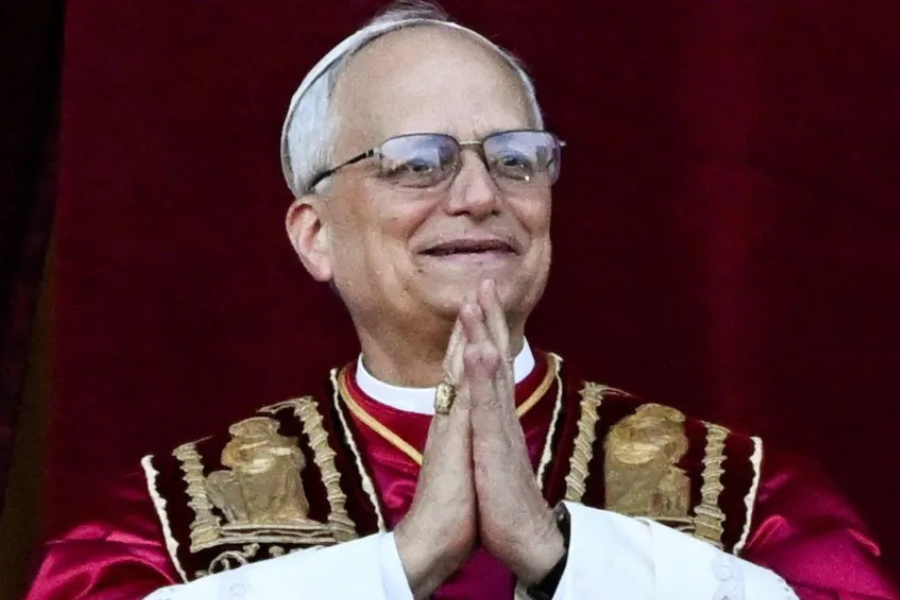Why the New Pope Chose the Name Leo: A Look Into the Significance Behind the Title

Cardinal Robert Prevost has been elected as the new leader of the Roman Catholic Church and has chosen to take the name Pope Leo XIV. At 69 years old, he becomes the first American-born pontiff to head the global community of 1.4 billion Catholics.
Hailing originally from Chicago, Pope Leo XIV is widely regarded as a progressive voice within the Church. He spent a significant part of his career as a missionary in Peru, where he was eventually appointed an archbishop. Holding dual American and Peruvian citizenship, he is remembered for his compassionate work among marginalized groups and efforts to bring unity to local parishes.
Why Do Popes Choose New Names?
One of the first symbolic acts a newly elected pope undertakes is selecting a new name. This tradition, though now deeply rooted in papal history, wasn’t always the norm. For centuries, popes kept their birth names. Over time, however, popes began adopting new titles to honor previous leaders or saints and to convey their spiritual direction and intent.
Often, the chosen name reflects admiration for a past pope or a saint whose legacy the new pontiff wishes to emulate. For instance, Pope Francis chose his name as a tribute to Saint Francis of Assisi, inspired in part by a personal friend and fellow cardinal.
Why Pope Leo XIV?
Although Pope Leo XIV has yet to publicly explain his reason for selecting the name Leo, it’s a choice steeped in history. The name has been carried by several previous pontiffs, most notably by Pope Leo I — also known as Saint Leo the Great — who served during the fifth century and is revered for his efforts to preserve peace during turbulent times.
One famous legend tells of his meeting with Attila the Hun in 452 AD, where, it’s said, the sudden vision of Saints Peter and Paul led Attila to retreat from Italy. This dramatic moment in Church history has been immortalized in Renaissance art.
The most recent pope to adopt the name was Leo XIII, who led the Church from 1878 until 1903. Born Vincenzo Gioacchino Pecci, he is widely remembered for his commitment to social justice. His encyclical “Rerum Novarum” addressed labor rights and economic inequality, making him a key figure in the Church’s approach to modern social issues.
The Legacy of the Name Leo
Leo remains one of the more popular papal names throughout history. However, the most frequently chosen papal name has been John, first used in the sixth century. Pope John XXIII, elected in 1958, was the most recent to use that name and was later canonized.
As Pope Leo XIV begins his leadership, the significance of his chosen name may come into clearer focus, hinting at the themes and values that will define his papacy.
